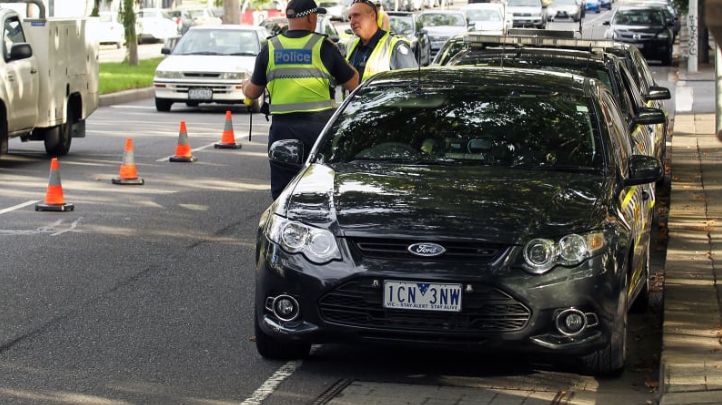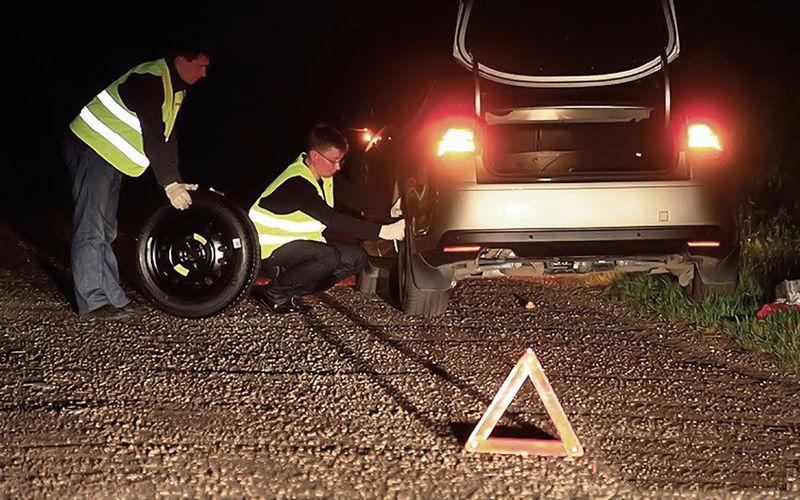With the explosion of bicycle trips from confinement, it may be good to know that cyclists are also subject to the highway code … and that they can therefore be fined class 1 to 4 depending on the offense committed. Bicycles, cars without a license, or agricultural tractors are also subject to the same regime.
For the moment, scooters do not fall within this framework, but that could change. The only difference with a motorist is the withdrawal of point… There are however certain serious infractions which can result in a ban on driving all motor vehicles!
If you do not risk being withdrawn on a bicycle, a judge may however prevent you from operating a motor vehicle depending on the seriousness of the offense. Indeed, if you are tested while drunk on the handlebars or if you put the lives of others in danger, then you will no longer be allowed to drive for a maximum of 5 years.
Fines 1 st class:
This fine can be imposed on you if you drive your bike while on the phone. It is forbidden and it is punishable by a fine of 11 € (then 33 € increased)
2nd class fines :
Night traffic without a high visibility vest or phosphorescent yellow vest will cost you € 22 on-site, then € 35 or € 75 if you do not pay on time.
A fine of 3 rd class:
Is your braking system incorrect or defective? You will have to pay 45 € and up to 180 € if you pay after the deadline.
And 4 fines the class?
They are the most severely punished but are consequently mistakes committed! Driving while on the phone, denying priority to a car or a pedestrian, and this may be 90 € in a row or 375 € if you are deadbeat.
What about parking?
In Paris, bicycles are thrown on the sidewalks and become a rather unpleasant urban landscape. Be aware that in some large cities, putting your bike against a wall or along a sidewalk can be very expensive. The price of these fines is set by the municipalities and there is no maximum threshold!


